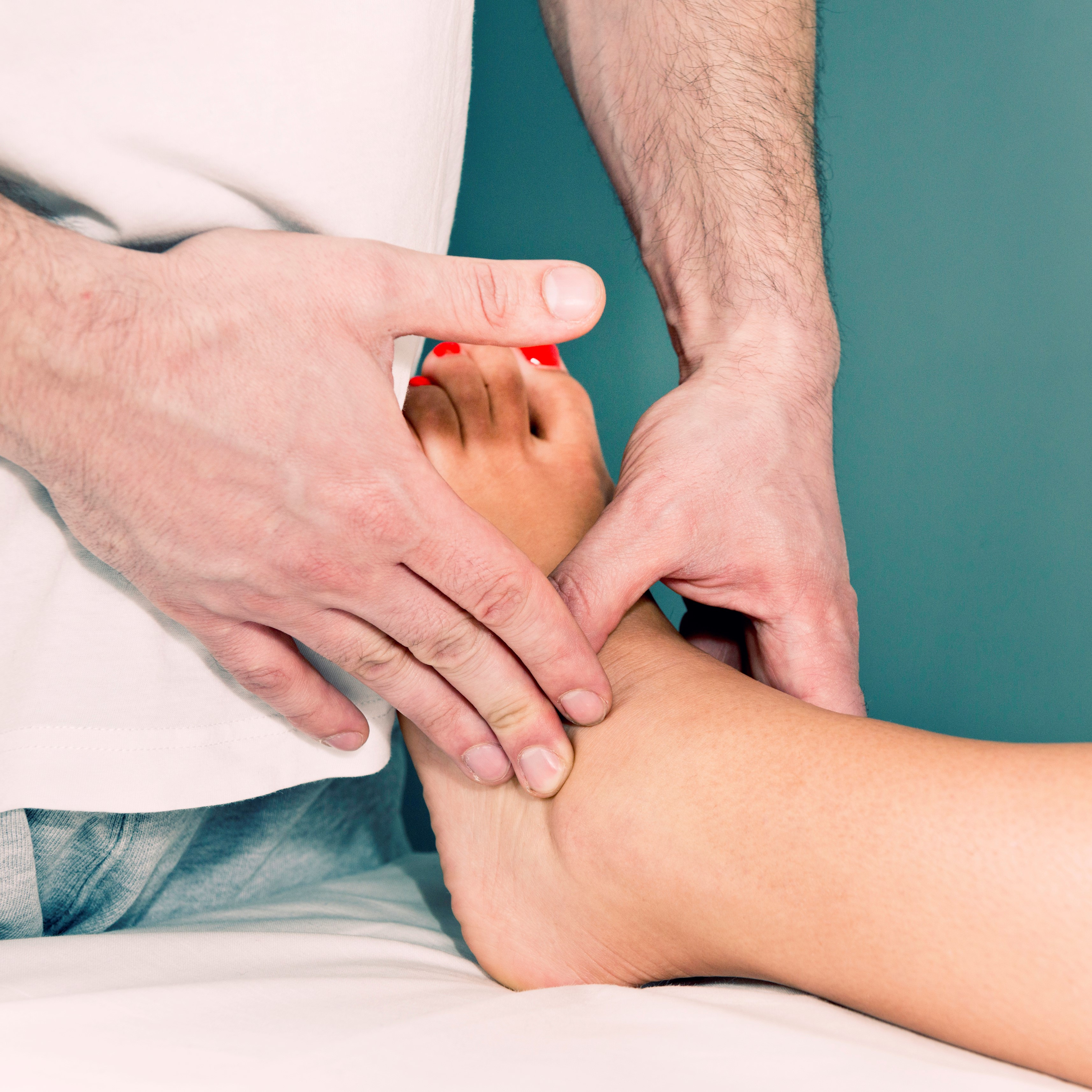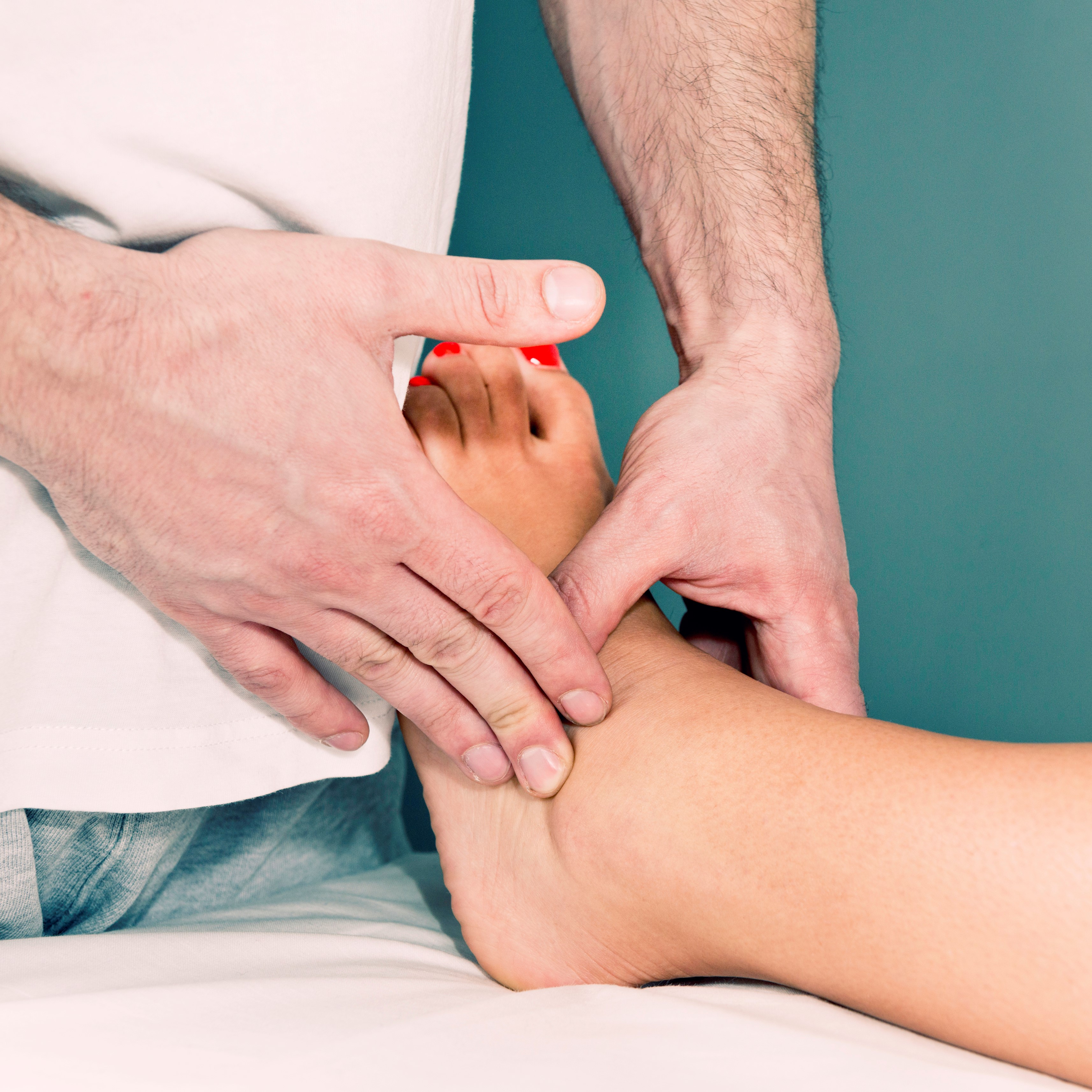Could ‘Property Attachment’ theory explain ‘downsizer’ shortage?
- 43% of UK homeowners have experienced a sense of ‘sadness, grief or loss’ after moving house; while 83% feel emotionally attached to their homes
- Two-thirds of UK homeowners (62%) experience an immediate sense of ‘dread or nervousness’ at the thought of selling their property; compared to 23% who are ‘excited and happy’ at the prospect
- The memories made in a home are valued most by UK homeowners, followed by location and garden
- Property Professionals opinions divided
43% of UK homeowners have experienced a sense of ‘sadness, grief or loss’ after moving house; while 83% feel emotionally attached to their properties, new research from My Home Move has found.*
The research conducted by the UK’s leading provider of mover conveyancing services asked 1,000 UK homeowners about their feelings relating to the property they own.
The survey revealed that 62% of home owners feel an immediate sense of ‘dread or nervousness’ at the thought of selling their home; a combination of feelings which is most acutely experienced by those aged 45+ (av.65.5%). In comparison those aged between 18 and 34 were the most ‘excited or happy’ at the thought of selling their property, averaging 30% of respondents.**
Commenting on these findings, Doug Crawford, CEO of My Home Move said, “There has been talk across the market, for a number of years, regarding the lack of housing stock and the need for people to downsize to free up family-sized homes. But what hasn’t been discussed before is the emotional attachment people have to their homes.
“These buildings represent much more than bricks and mortar, they are the places where memories are made and as such hold enormous emotional value. Through our findings we know that the thought of selling these homes for a significant percentage of homeowners, especially among those who are in the ‘downsizer’ age category, bring a sense of dread – and as such, it is not surprising that they would rather stay put than face the emotional upheaval they envisage.”
When asked what they value most about their current home, a third (34%) of the homeowners surveyed stated the memories made there, closely followed by the location (21.5%) and their garden (13%). Actual features of the building or specific rooms within the home ranked the lowest.*
Commenting further, Doug Crawford said, “Having investing years in their current property, financially and emotionally, it is understandable that home movers and downsizers are not prepared to ‘settle’ for the wrong kind of home – something which is evident from the attachment they feel. As such, this represents an opportunity for the industry to realise this issue and develop new, person-centred, approaches to help people move. ”
Regional breakdown**
When analysed regionally, homeowners in Scotland and the South East are the most reluctant to sell their property, with both areas showing above national average percentages regarding ‘nervousness or dread’ (69.3% and 63.5% respectively).
In comparison, homeowners in Wales are the most excited to sell their homes, within 23% expressing this sentiment, closely followed by those in London, the North West, Northern Ireland and the East Midlands, which all rated over 20%.
Property professionals’ opinion***
In a separate My Home Move survey of UK estate agents, 75% feel there is not enough housing stock available to buy and 80% agreed that not enough people are downsizing to free up family homes. However the issue of ‘property attachment’ divided the respondents, with 39% believing it can affect homeowners, while 46% disagree.
Kindly shared by My Home Move
Whilst the rate of property values rising in the wider market slows, first time buyers still face higher asking prices.
According to Rightmove, November saw asking prices decline by 1.1%, a statistic which led the online property portal to describe the market as “resilient”. The decline was less than the average for this time of year; a fall of 1.8%.
The last 12 months have seen the average asking price increasing by 4.5%. First time buyers felt this increase the most however, as they will usually be in search of properties with two bedrooms or less.
For this type of home, the average asking price rose by 8.2% over the last year, which was more than the 5.4% growth of so called ‘second-stepper’ homes. This was the only type of property which had price growth on a monthly basis. This followed the low levels of new property listings, as reported by the Royal Institution of Chartered Surveyors (RICS).






















